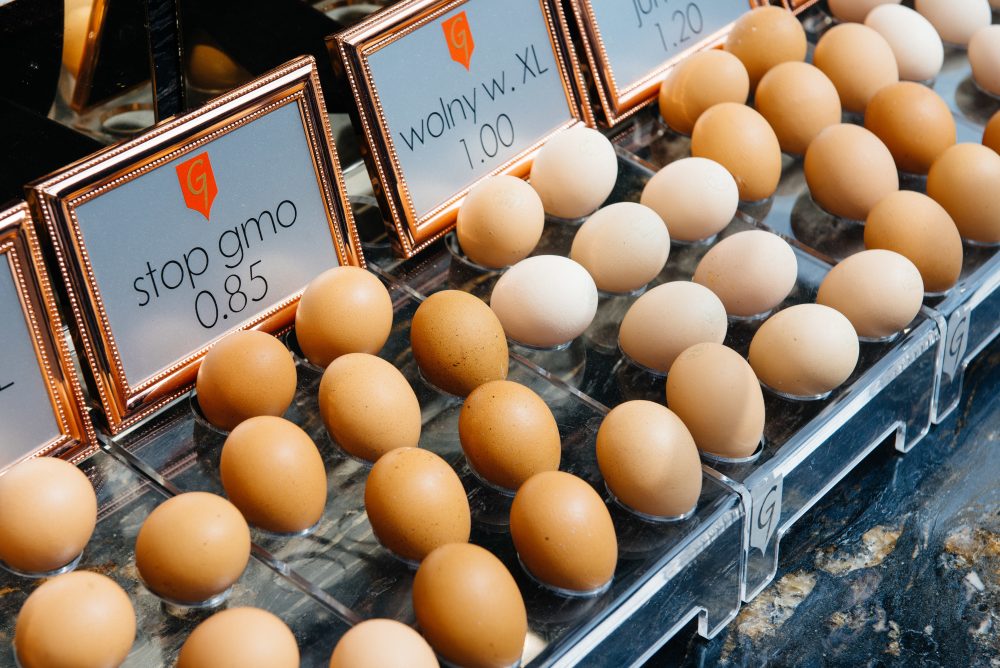
Poland’s Ultra-Gourmet Eggs
Warsaw's Hala Mirowska market is a hodgepodge of fascinating foods: freshly harvested sunflower heads (for seeds), humongous cabbages, myriad pickles, to name just a few. But the outlet that took us most by surprise is Grotek Bracia, a vendor dealing exclusively in eggs. The family company sells over a dozen varieties, some of them patented. In addition to humdrum options such as goose, duck and quail, they also sell eggs from oat-fed and pumpkin-fed hens, eggs that have listened to classical music during incubation (no, really), and eggs from chickens that have been fed in accordance with the phases of the moon (also really). The most expensive eggs? Hatched from hens whose feed is laced with edible gold, going for 20 złoty (about $6) each.
The Original Cookie Cutter
In the centuries before tin gingerbread men invaded kitchen drawers, bakers used carved wooden molds to give their cookies intricate shapes. We recently acquired some modern molds in Toruń, Poland, a medieval town known for its pierniki, or gingerbread. Unlike metal or plastic cookie cutters, the molds stamp cookies with elaborate three-dimensional designs; we saw molds featuring horses and carriages, husbands and wives, antique measuring scales, birds, hearts and more. In Toruń, bakers lightly brush oil on one side of rolled-out cookie dough, then press that side into the oiled wooden molds; then they peel the dough away from the mold and cut out the cookie with a knife. Wooden cookie molds are available from the Polish Art Center (polartcenter.com) for $49 or on Etsy for a range of prices.
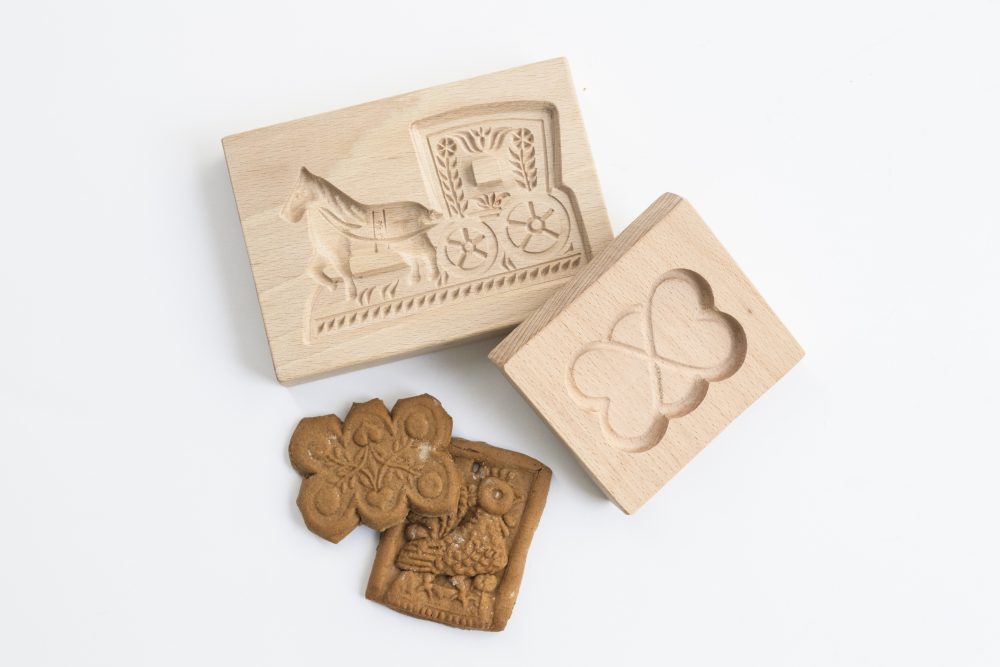
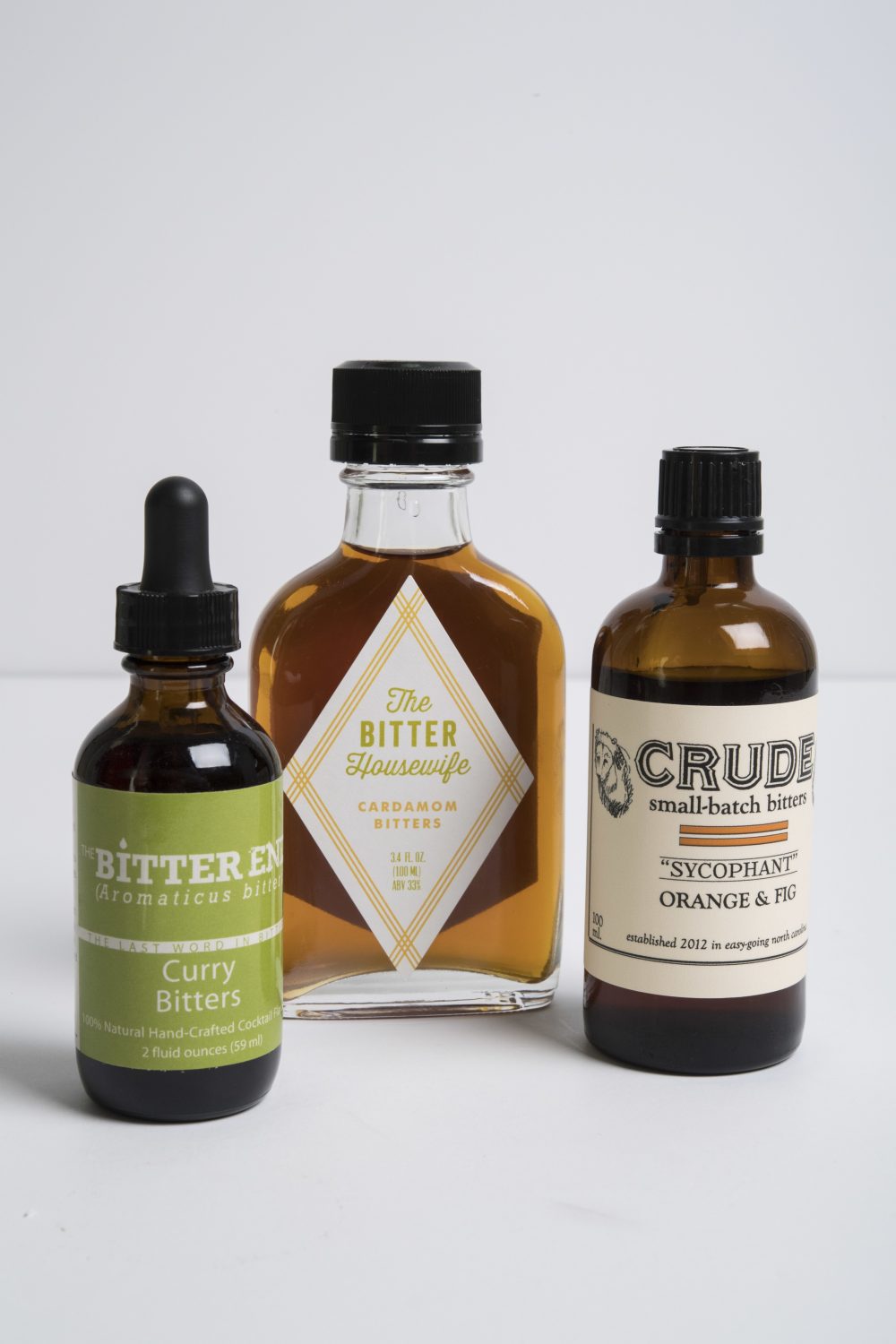
Cooking with Cocktail Bitters
As cocktail culture has boomed, so has the availability of unusual, flavorful bitters, the finishing flourish mixologists use to season drinks. But beyond the bar, these potent liquids offer home cooks an easy way to add layers of complex, fresh flavor to their food. We love using cardamom bitters from The Bitter Housewife and Addition Cocktail Spice to spike coffee, black tea, rice pudding and caramel sauce. The cinnamon bitters from Addition are great blended with honey or agave syrup then drizzled over vanilla ice cream, yogurt, granola and fruit salad. For savory options, we like Crude Sycophant Orange & Fig bitters blended with agave syrup and tossed with roasted vegetables.
Giving Drinks a Botanical Boost
We love Woodstock Gin Co.'s freewheeling way with its namesake liqueur. Since 2012, the Cape Town distillery (woodstockginco.co.za) has been producing botanically rich gins, including varieties made from wine and beer. We got a particular rush from walking around town sipping one of their soda-style bottled prepared gin and tonics. We couldn't get those home, but we enjoyed their G&T Spices, tiny mesh satchels filled with spices. Dropped into a gin and tonic, the satchel infuses it with a whole extra level of piney, floral flavor and a pleasant pink hue. We made our own by filling a mesh tea ball with a 1-inch piece of cinnamon stick, 3 green cardamom pods, 4 juniper berries, a pinch of hibiscus tea and 1 star anise petal. Infuse for about 5 minutes (and for extra flavor, lightly crush the spices first).
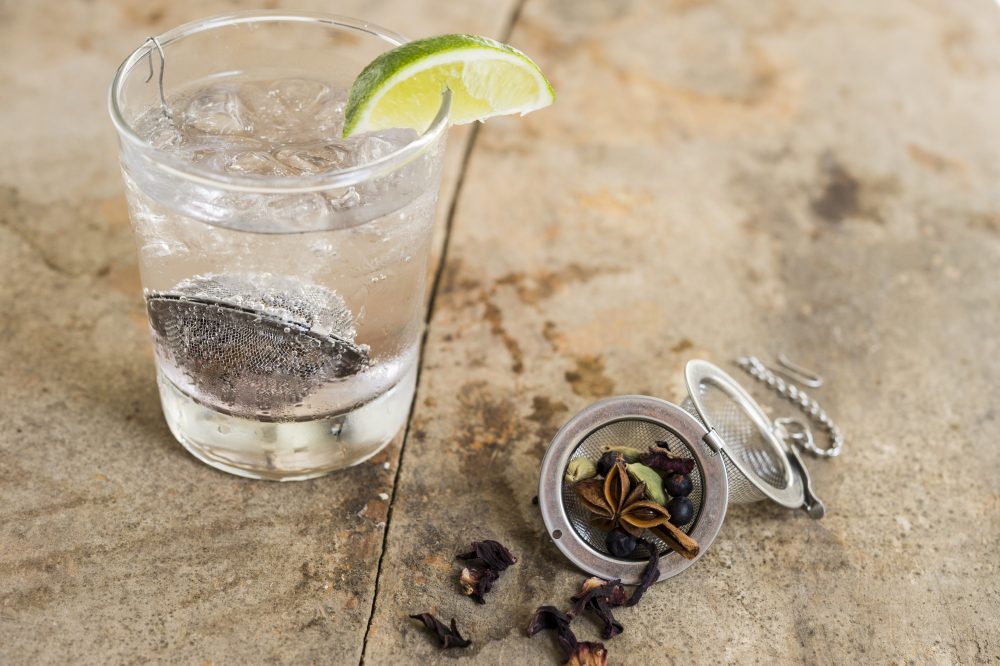
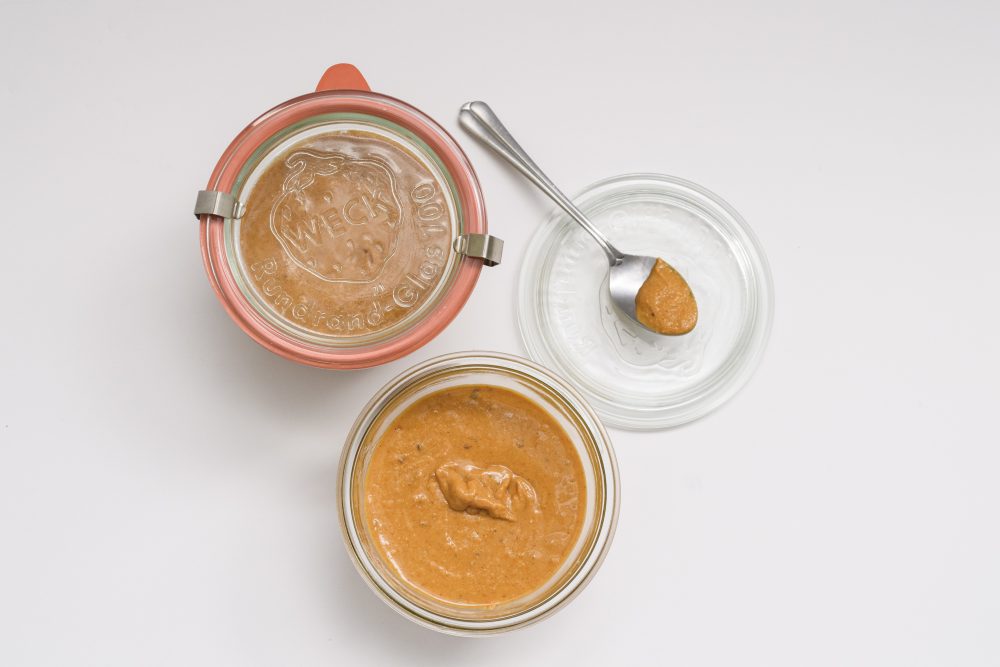
A Spicier Peanut Butter Sandwich
While exploring Marché Méli-Mélo, one of Montreal's many Haitian markets, we came across a jar of mamba—peanut butter spiked with scotch bonnet peppers, the chili of choice in Haiti. Nutty at first, spicy at the finish, mamba is served at breakfast or as a snack, usually spread on toast or cassava crackers, sometimes with jam or molasses. Though there are a few varieties available for purchase in Quebec—thanks to its sizable Haitian community—mamba isn't widely available in the U.S. So we made our own. Process 2 cups of unsalted dry-roasted peanuts, 3 dried arbol chilies (stemmed and broken into pieces), 1½ teaspoons sweet paprika and ½ teaspoon kosher salt until very smooth, 2 to 4 minutes. The peanut butter will keep for a week at room temperature or a month refrigerated. We liked the spicy-salty spread on toast—with a drizzle of honey—as well as a dip for apples and as a replacement for traditional peanut butter in spicy peanut sauce.
From Scotland, Oaty Crackers
A Tunisian company is finding flavor in something most people throw away: date seeds. The date-obsessed folks at Deyma roast and grind the seeds, producing a powder—sold as Coeur de Dattes, “heart of dates”—that can be brewed like coffee. Mixed with milk and sugar, the rich drink tastes like a blend of cocoa and coffee. We liked it best when made in a French press. Dateseedcoffee.com, an Israeli site, sells a similar drink, Pure Date Seed Beverage, $15 per bag.
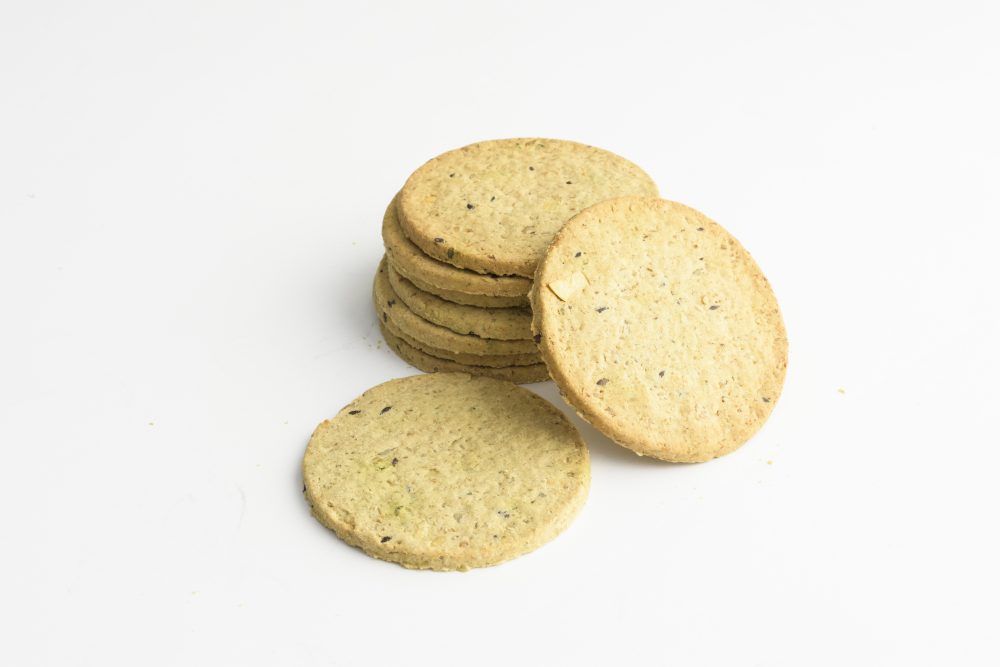
Q: “Whenever I marinate steaks or chicken, I think I'm adding tons of flavor. But my marinades never deliver as much as I think they should. What am I doing wrong?” — Arden Moore Reynolds, Andover, Massachusetts
It's an understandable frustration. You soak the meat in a slurry of bold, bright seasonings and herbs, yet somehow those flavors never seem to make it into the meat. Turns out, the problem comes down to solubility—the ability of one substance to dissolve into another. After all, that's what we're asking of a marinade—for the flavors of the seasonings to permeate the liquid, then dissolve into the meat. For this to work, something in the marinade needs to draw those flavor molecules into the meat. Acids and oil, common marinade ingredients, do a poor job of penetrating meat proteins. The same is true for ingredients such as garlic. The flavor compounds in garlic are only 2.5 percent soluble by weight in water, which means little of it permeates the liquid. In addition, these flavor compounds dissolve best in fat, so the flavor remains either in the oil in the marinade (if there is oil) or on the outside of the meat. Salt, however, is highly soluble. This is why brining works. Salt dissociates completely in water, producing ample sodium and chloride ions (weak acids such as vinegar produce few ions). These ions have electrical charges (sodium positive; chloride negative) which are attracted to charged meat proteins. This means they readily penetrate the meat, drawing liquid—and flavor—with them. So to get more flavor from a marinade, always add plenty of salt or a salty ingredient, such as soy sauce. Don't want to use salt? Your best bet is to cook the food first, then bathe it in a marinade just before serving.



